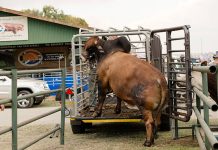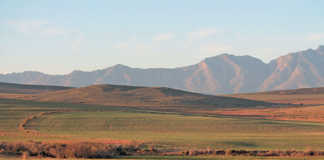In this new series, we offer some guidelines on how to run a better organisation. Part one deals with how to run a meeting.
Chairperson
This person is essential for any meeting. Their function is to see that the rules are followed, ensure that everyone has a chance to speak, and prevent one person from dominating the discussion.
It is vital to appoint the right chairperson. You need to choose someone who:
- Understands the organisation well.
- Is well-spoken and knows how to hold a meeting.
- Is pleasant, but firm.
- Doesn’t talk too much or try to influence people. A chairperson is there to guide the meeting, not to dominate it.
The chairperson has several important tasks during the meeting. These include:
- Welcoming everybody.
- Checking that the meeting has a quorum – the minimum number of people present to make decisions. This number is decided in the rules of your organisation.
- Calling for apologies from absentees.
- Asking members at the beginning if there are any additional items for the agenda.
- Making sure the rules are followed and that order is kept.
- Seeing that members keep to the subject being discussed.
- Giving people with different opinions an equal chance to speak.
- Deciding when a vote is needed.
- Thanking everyone and closing the meeting.
- During the meeting, delegates should speak to each other through the chairperson, who should be addressed as “Mr Chair” or “Madam Chair”.
- Thus, a person might say, “Mr Chair, I agree with John that the tractor needs servicing. May I suggest that Peter organise this for us?”
- This system helps to keep order, allow everyone to follow the discussion, and prevent arguments.
- If the chairperson is not present, the vice-chairperson or secretary can lead the meeting.
- The chairperson represents the organisation at meetings with other organisations.
The secreatry
- This person should be a good organiser. The secretary must:
- Organise the venue, and arrange for paper, pens and something to eat and drink if necessary. Water should be provided for the meeting room.
- Keep minutes(short notes of what is decided at each meeting) and send these to members afterwards.
- Send members notices of when the next meeting is due (the agenda should be included with this).
- Keep a list of members.
- Make sure that all members attending the meeting sign the register.
- Keep copies of all letters, emails and notes.
- The secretary may also act as treasurer (see below).
Treasurer
- This person is responsible for the organisation’s money matters. Their tasks include:
- Seeing that all money is spent correctly.
- Keeping a record of finances (cash-book, cheque book, receipt books, and so on).
- Collecting membership fees and issuing receipts.
In the next issue, we’ll discuss how to take minutes and draw up an agenda.
Source: The Directorate Communication of the Department of Agriculture in co-operation with Rikki Abbott of the KwaZulu-Natal Department of Agriculture.













